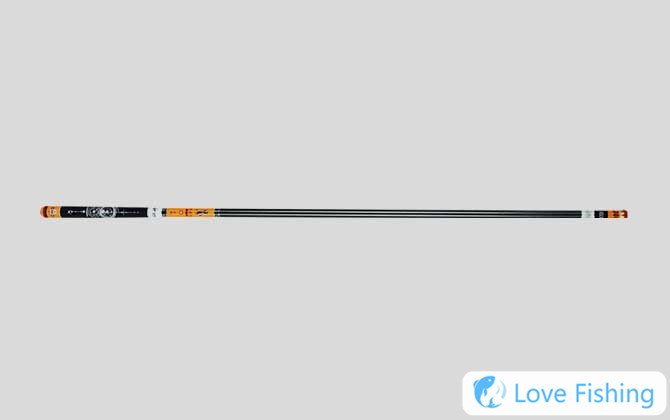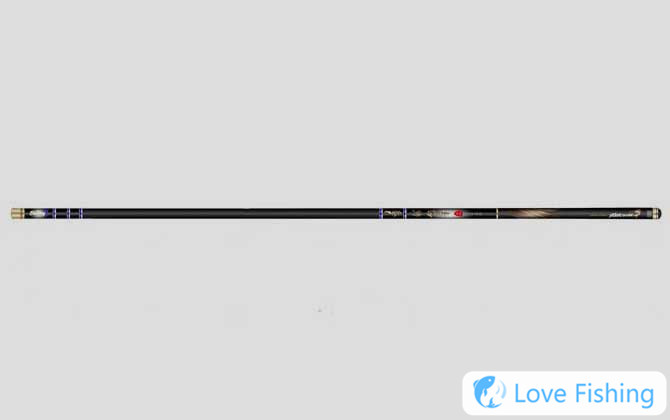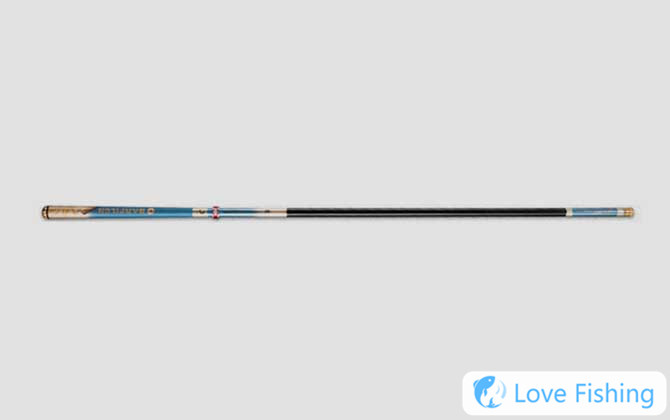Wap Welcome to visit Love Fishing
Fishing rods are the most basic tools for fishing. They are slender and jointed rod-like objects. Due to different materials, there are bamboo and wooden rods, glass fiber rods, carbon fiber rods, etc., due to different connection methods, there are merging rods, vibration rods, etc., due to different designs, there are hand rods, throw rods, etc. Let’s take a look at whether the 3.9-meter fishing rod is practical!

1. Applicable scenarios
A 3.9-meter-9 fishing rod is a more practical fishing rod length. 3.9 is a "non-standard rod". The so-called "non-standard rod" is a non-standard length fishing rod. This length fishing rod is particularly suitable for fishing in small water bodies such as ponds, ditches, streams, and is not very suitable for fishing in large water bodies such as rivers, lakes, and reservoirs. The reason is that the fishing range of 3.9 fishing rods is very limited. In large water bodies, they can only fish crucian carp, white bars and other small fish on the shore or shallow water areas.

2. Length comparison
1. Standard length: The standard length of a fishing rod refers to the length generally recognized by the market, which is generally an integer multiple of 0.9 meters, such as 3.6 meters, 4.5 meters, 5.4 meters, 6.3 meters, etc.
2. Non-standard length: The non-standard length of a fishing rod originates from the black pit rod limiting rules. Generally, the standard length is plus 0.3 meters, such as 3.9 meters, 4.8 meters, 5.7 meters, 6.6 meters, etc.

3. Basic parameters
1. Material: Fishing rods include carbon fiber rods, glass fiber rods, bamboo and wooden rods, etc. The current mainstream fishing rods are carbon rods. It is generally recommended to choose fishing rods with carbon content of more than 98%.
2. Number of sections: The number of sections refers to the number of sections of the fishing rod, which depends on the extension length and contraction length of the fishing rod. Under the same conditions, the less sections the joints, the more uniform the overall force is, but the worse the portability.
3. Rod diameter: The rod diameter includes the leading diameter and the element diameter. The leading diameter refers to the diameter of the rod tip, and the element diameter refers to the diameter of the handle. The angle between the two is called taper. The greater the taper, the higher the hardness of the fishing rod.
4. Weight: Weight is an important parameter for fishing rods. Common ones include net weight, material weight, finished product weight, etc. It is generally recommended to look at the finished product weight of the fishing rod. It has no practical significance to look at the net weight and material weight.
5. Tone: Tone refers to the position ratio of the bend point when the horizontal force of the fishing rod is 0.1 kg. Common ones include 19 adjustments, 28 adjustments, 37 adjustments, 46 adjustments, etc., as well as 28 deviations, 19 adjustments, 37 deviations, 28 adjustments, etc.
6. Hardness: Hardness refers to the overall hardness of the fishing rod. It is generally represented by the value + letter H, such as 3H, 4H, 5H, 6H, 8H, etc. The larger the number, the higher the hardness of the fishing rod.
About us| Privacy Policy| Contact Us
Copyright © 2023-2030 Copyright@Love Fishing XML map